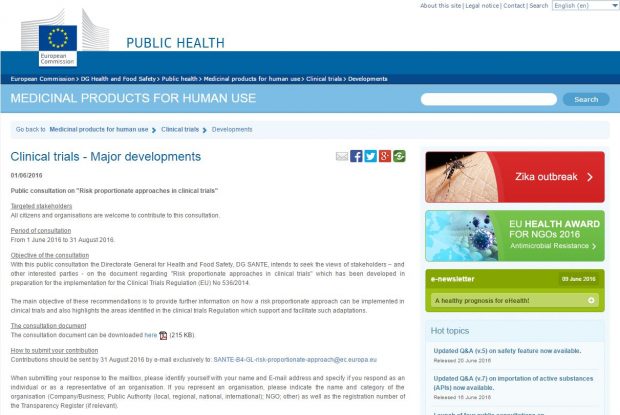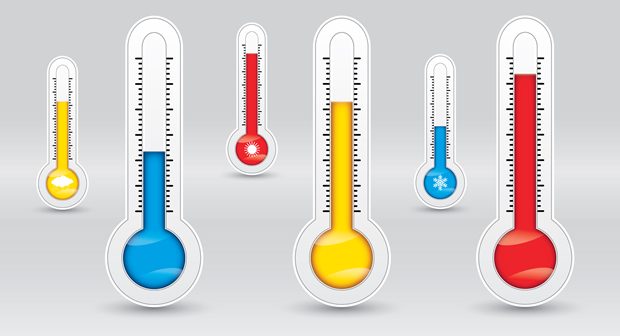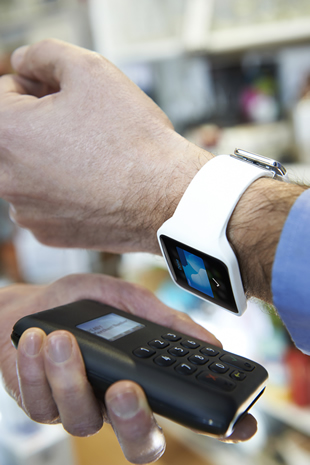DMRC Reporting – Do’s and Don’ts
Following on from the previous DMRC overview post, here are some Do’s (What, When & How) for reporting defects to the DMRC, and also some Don'ts to avoid.
Following on from the previous DMRC overview post, here are some Do’s (What, When & How) for reporting defects to the DMRC, and also some Don'ts to avoid.

Just 4 weeks ago the MHRA hosted the PIC/S Committee meeting, PIC/S Executive Bureau meeting, and PIC/S Annual Seminar at the Museum of Science and Industry (MOSI) in Manchester.

There are currently four consultations on guidance documents that have been developed in preparation for the implementation of the Clinical Trial Regulation (EU) No 536/2014. The MHRA GCP Inspectorate encourages you to take time to review these.

On 22nd September 2016 the MHRA Inspectorate will be holding another GLP and GCP Laboratories Symposium.

...data integrity in the context of GMP and GDP inspections. Our team has also been working with stakeholders in the international GLP and GCP networks to raise awareness of the...

GDP Guidelines Chapter 3.2.1 “An initial temperature mapping exercise should be carried out on the storage area before use, under representative conditions. Temperature monitoring equipment should be located according to the results of the mapping exercise, ensuring that monitoring devices …

As with most activities in clinical trials, the development of electronic systems is playing an increasing role in methods for data collection. As inspectors we are therefore continually seeing new systems while out and about on inspection, and adapting our …

The Medicines and Healthcare products Regulatory Agency (MHRA) UK is honoured to be the host of the 2016 PIC/S Seminar. This is an annual international event attended by both member and non-member authorities of the Pharmaceutical Inspection Co-operation Scheme (PIC/S). …

A year ago today we launched the MHRA Inspectorate blog. Now, after 12 months of activity it’s a good time to reflect on where we are and what’s to come.

Every batch of medicinal product must be certified by a Qualified Person (QP) of the EU manufacturer or importer before being released for sale. The certifying QP takes responsibility for ensuring that each batch has been manufactured and checked in …